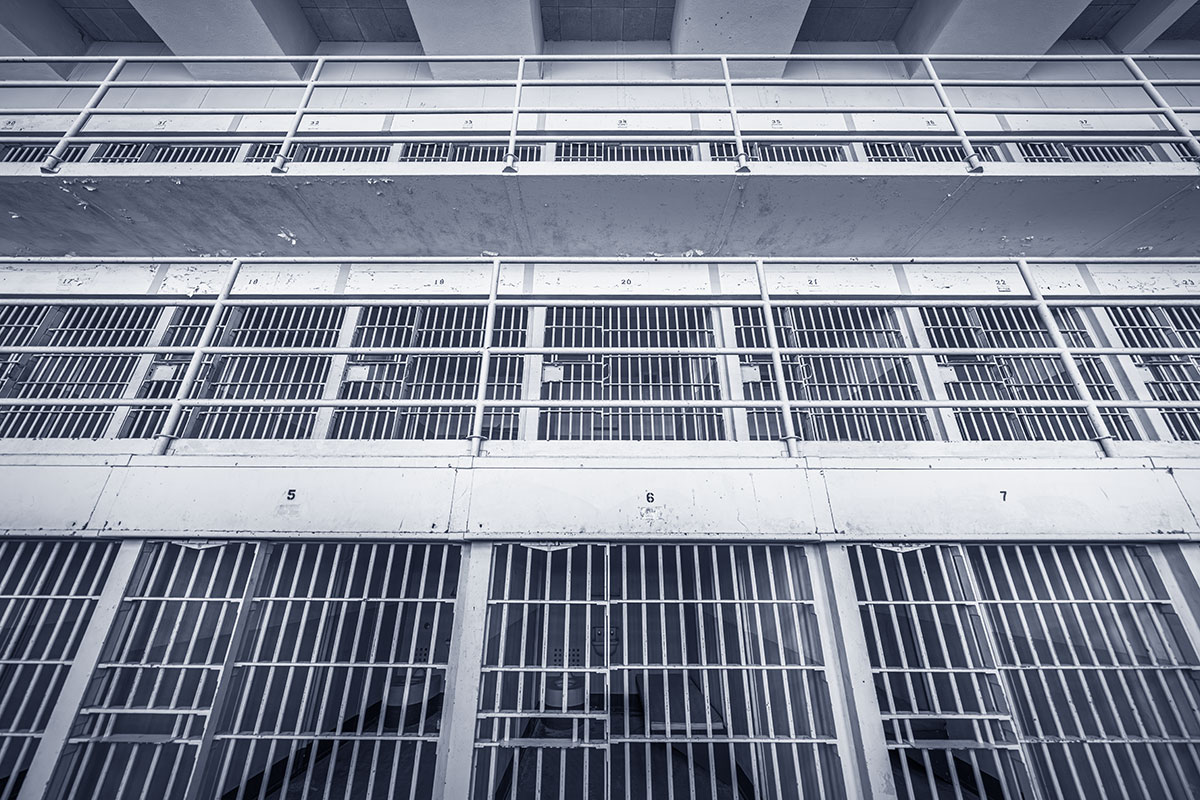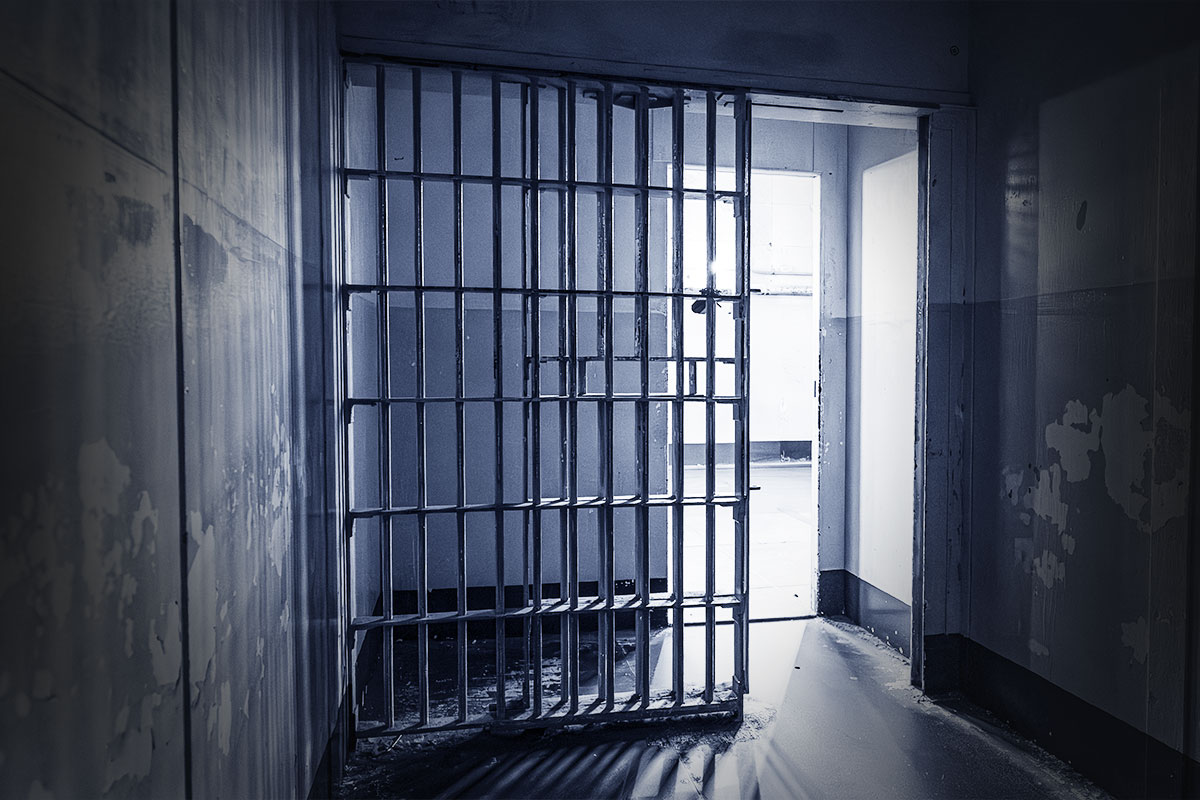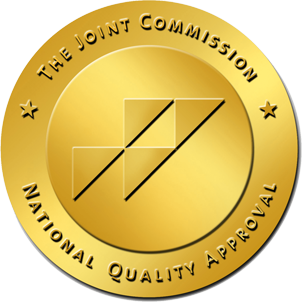
The U.S. prison system, designed to rehabilitate and reintegrate individuals into society, has become a breeding ground for a silent epidemic: drug abuse. While prisons are meant to be institutions of correction, the prevalence of drug abuse among inmates has reached alarming levels, posing significant challenges to the overall goal of rehabilitation.This article delves into the complex issue of drug abuse within the U.S. prison system, exploring its root causes, consequences, and potential solutions.
Root Causes of Drug Abuse in Prisons
Understanding the root causes of drug abuse in the U.S. prison system is essential for developing effective strategies to combat the issue. Several interconnected factors contribute to the high rates of drug abuse behind bars.
1. Pre-existing Substance Abuse Issues: Many individuals entering the prison system already struggle with substance abuse issues. The cycle of addiction often leads individuals to criminal behavior, ultimately landing them in prison. Once inside, the stressors of incarceration may exacerbate their pre-existing addiction problems.
2. Limited Access to Treatment Programs: Prisons are often ill-equipped to address the complex needs of inmates with substance abuse disorders. Limited access to evidence-based treatment programs means that individuals with addiction issues may not receive the support and resources necessary for recovery.
3. Overcrowded and Understaffed Facilities: Overcrowded prisons and understaffed facilities contribute to an environment where illicit substances can easily enter and circulate. In such conditions, it becomes challenging for prison staff to monitor and control the flow of drugs, allowing them to proliferate within the prison walls.
4. Lack of Mental Health Services: Substance abuse and mental health issues are often intertwined. Many inmates in the U.S. prison system grapple with underlying mental health conditions, and the lack of adequate mental health services contributes to the prevalence of self-medication through drug abuse.
Consequences of Drug Abuse in Prisons
The consequences of drug abuse within the U.S. prison system extend far beyond the individual inmate, affecting the safety, security, and overall effectiveness of the correctional system.
1. Violence and Security Risks: Drug abuse within prisons is linked to an increase in violence among inmates. Competition for control of the drug trade can lead to gang-related conflicts, jeopardizing the safety of both inmates and staff. Additionally, the compromised judgment and altered behavior associated with drug use can contribute to an unsafe environment.

2. Health Risks: Inadequate access to clean needles and supervision exacerbates health risks associated with drug use behind bars. The spread of infectious diseases, such as HIV and Hepatitis C, becomes a significant concern, impacting not only the health of individual inmates but also the public health system upon their release.
3. Recidivism: Drug abuse hampers the rehabilitative process, increasing the likelihood of recidivism. Individuals struggling with addiction issues are more likely to return to criminal behavior, perpetuating the cycle of incarceration without addressing the underlying causes of their actions.
4. Strain on Correctional Resources: The prevalence of drug abuse places a strain on already limited correctional resources. Increased incidents of violence, health issues, and the need for disciplinary measures divert resources away from programs aimed at rehabilitation and reintegration.
Get Your Questions Answered
Our expert & caring staff on site are available 24/7. Call us today.

Addressing the Issue
To effectively address drug abuse within the U.S. prison system, a multi-faceted approach is necessary. This includes implementing policy changes, enhancing treatment programs, and prioritizing mental health services.
1. Mental Health Services: Recognizing the connection between mental health and substance abuse, prisons should prioritize mental health services. Adequate screening and assessment processes can identify individuals in need of mental health support, facilitating a holistic approach to rehabilitation.
2. Prison Staff Training: Proper training for prison staff is essential in identifying signs of drug abuse, preventing the entry of illicit substances, and responding effectively to incidents. Staff should also be educated on the underlying causes of addiction to foster a more empathetic and understanding environment.
3. Preventative Measures: Addressing drug abuse in prisons requires a proactive approach. This includes implementing preventative measures such as random drug testing, increased security measures to restrict contraband, and educational programs to inform inmates about the consequences of drug abuse.
4. Post-Release Support: The challenges of drug abuse often persist after release. Establishing effective reentry programs that provide ongoing support, including access to treatment and mental health services, can help break the cycle of addiction and incarceration.
Conclusion
Drug abuse within the U.S. prison system is a pervasive issue that demands urgent attention. Recognizing the interconnectedness of substance abuse, mental health, and criminal behavior is crucial for developing effective strategies to address the root causes of the problem. By implementing comprehensive treatment programs, enhancing mental health services, and prioritizing preventative measures, the correctional system can move towards a more rehabilitative and supportive approach. Only through such concerted efforts can the silent epidemic of drug abuse be curbed, fostering an environment where individuals have the opportunity to break free from the cycle of addiction and reintegrate successfully into society.






